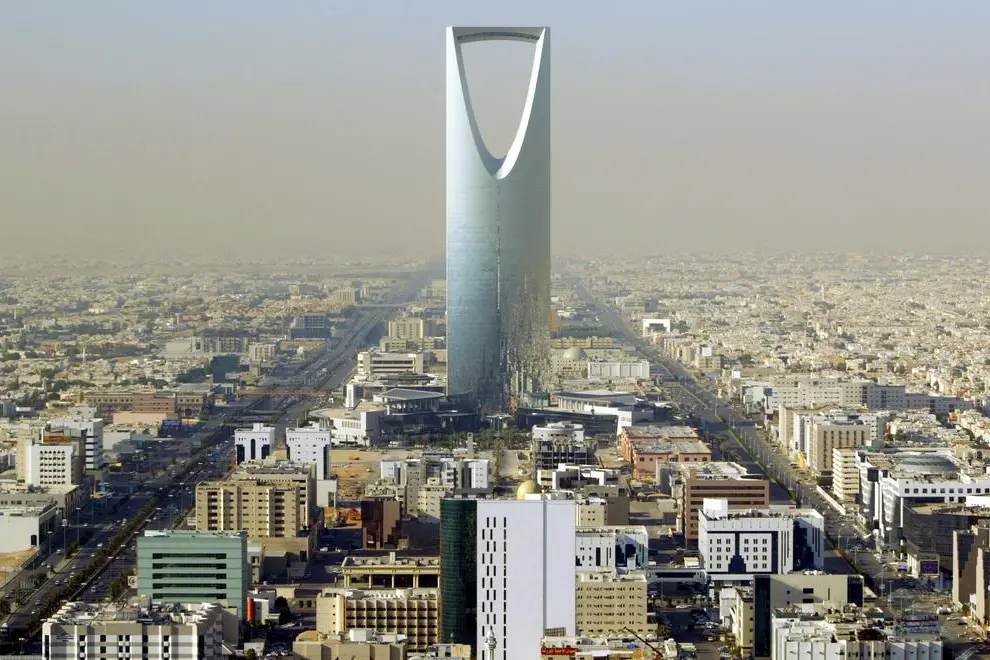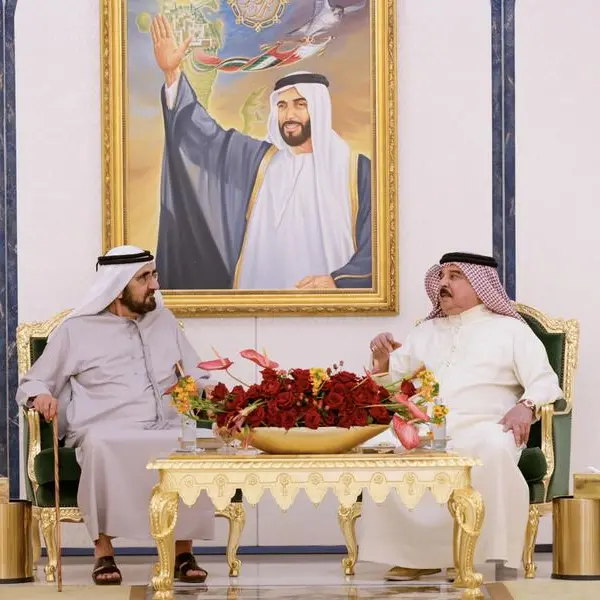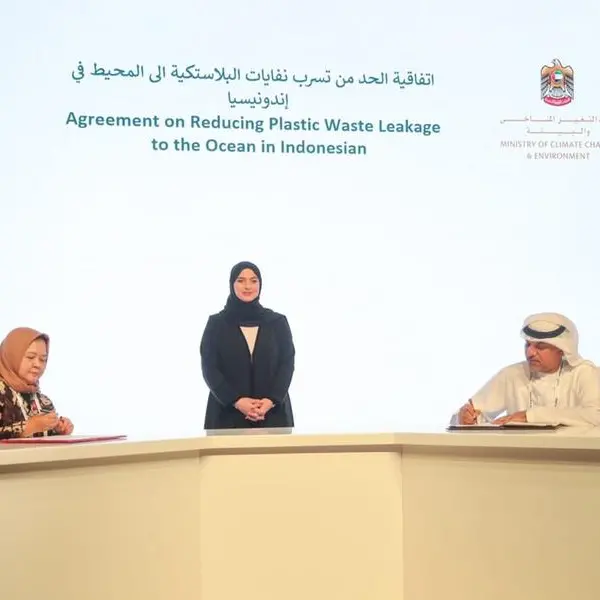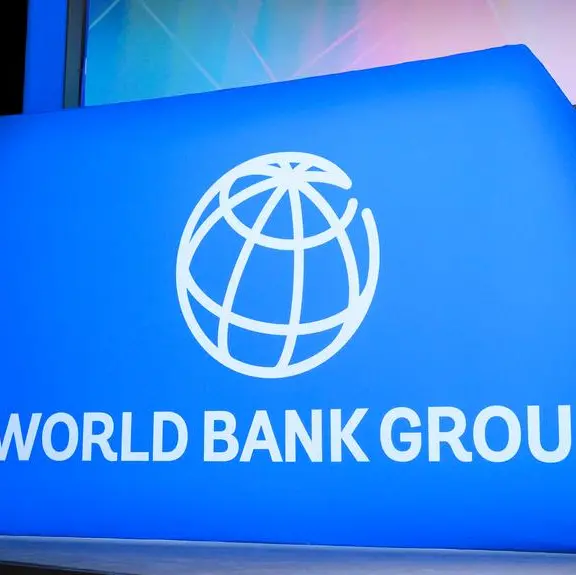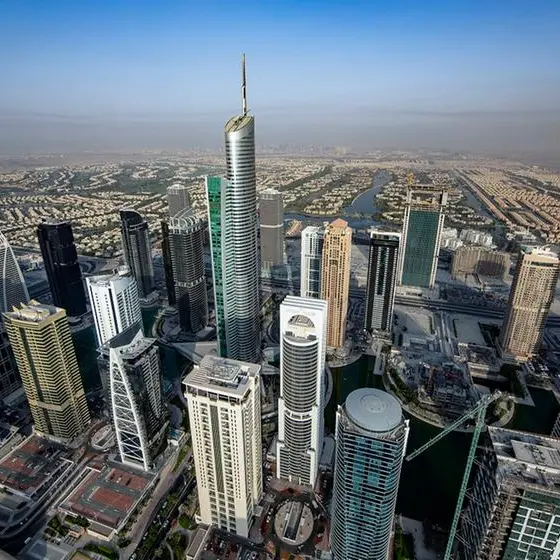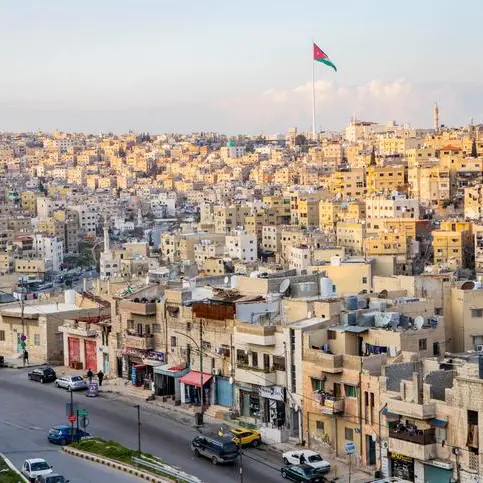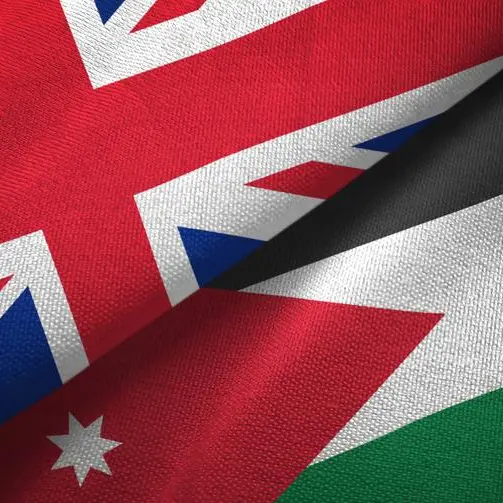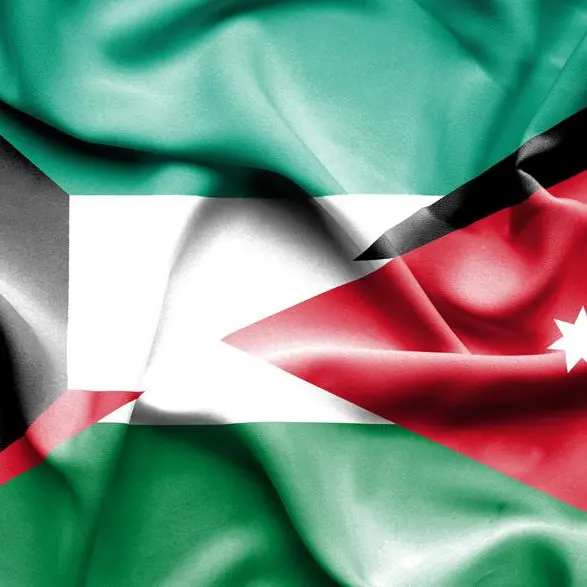PHOTO
Saudi Arabia is expecting to see higher economic growth this year, as a result of stronger oil prices, but inflation is accelerating on the back of new taxes and reforms that came into effect earlier this month.
The kingdom has seen inflation rise to 0.4 percent year-on-year in December, up from 0.1 percent in November, after ten consecutive months of treading negative territories last year, the latest official statistical figures showed. While the price of housing and utilities declined 0.5 percent in December from a year earlier, food and beverage prices edged up by 0.6 percent due to a weak U.S. dollar, to which the Saudi currency is pegged.
Earlier this week, the International Monetary Fund raised its growth forecasts for Saudi Arabia in 2018 to 1.6 percent from a previous estimate in October of 0.5 percent.
The fund also lifted 2019 growth estimates for the kingdom to 2.2 percent, up from 0.6 percent in the earlier forecast. Stronger oil prices were cited as the key factor in revising those estimates, according to the fund’s World Economic Outlook Update.
“As the IMF has indicated, the Saudi economy will show a healthy grow, caused by increased government investments in new projects, the first impact of Saudi Vision 2030 and National Transformation Plan (NTP), while most of growth (in nominal value) will be based on higher oil revenues,” Cyril Widdershoven, an economics and oil and gas partner at Verocy, a consultancy firm advising on investment risks in the Middle East, told Zawya by email on Wednesday.
“With prices currently hovering at $70 per barrel, with still some upward potential, the coffers of the government will be filled again, supporting further healthy investment schemes,” he added.
While Riyadh managed to narrow down its fiscal deficit last year, its economy contracted 0.5 percent for the first time since 2009, as the state reigned its public spending and continued with its policy of austerity measures.
A slow economy pushed the country to go through consumer price deflation during the first consecutive ten months of 2017, from January to October. But the IMF had expected that inflation will increase in 2018 on the back of additional reforms to energy prices and the introduction of excise and value-added taxes.
“The contraction of the Saudi economy in 2017 was largely caused by the combination of lower oil prices, lower income of the government and the effects of the removal of subsidies on energy and other products. Lower salaries and incomes were also causing part of the contraction,” Widdershoven said.
“A possible renewal of the old Saudi handouts, meaning increased government spending to counter negative effects of subsidy cuts or wages, will have a possible negative effect on total growth potential. A stringent and rational fiscal policy by the Saudi government is needed, but will need to be continued for the coming years,” he added.
Around the beginning of this year, the Saudi king ordered new allowances to public sector employees to offset the impact of the rising cost of living from the introduction of VAT and a hike in fuel prices. A royal decree also directed the state to take on the burden of VAT in some sectors.
The kingdom also announced plans to increase government spending in 2018 to a record $261 billon and to slow down its austerity drive, according to the state budget released last month.
Further reading:
(Reporting by Nada Al Rifai; Editing by Shane McGinley)
(nada.rifai@thomsonreuters.com)
Our Standards: The Thomson Reuters Trust Principles
The kingdom has seen inflation rise to 0.4 percent year-on-year in December, up from 0.1 percent in November, after ten consecutive months of treading negative territories last year, the latest official statistical figures showed. While the price of housing and utilities declined 0.5 percent in December from a year earlier, food and beverage prices edged up by 0.6 percent due to a weak U.S. dollar, to which the Saudi currency is pegged.
Earlier this week, the International Monetary Fund raised its growth forecasts for Saudi Arabia in 2018 to 1.6 percent from a previous estimate in October of 0.5 percent.
The fund also lifted 2019 growth estimates for the kingdom to 2.2 percent, up from 0.6 percent in the earlier forecast. Stronger oil prices were cited as the key factor in revising those estimates, according to the fund’s World Economic Outlook Update.
“As the IMF has indicated, the Saudi economy will show a healthy grow, caused by increased government investments in new projects, the first impact of Saudi Vision 2030 and National Transformation Plan (NTP), while most of growth (in nominal value) will be based on higher oil revenues,” Cyril Widdershoven, an economics and oil and gas partner at Verocy, a consultancy firm advising on investment risks in the Middle East, told Zawya by email on Wednesday.
“With prices currently hovering at $70 per barrel, with still some upward potential, the coffers of the government will be filled again, supporting further healthy investment schemes,” he added.
While Riyadh managed to narrow down its fiscal deficit last year, its economy contracted 0.5 percent for the first time since 2009, as the state reigned its public spending and continued with its policy of austerity measures.
A slow economy pushed the country to go through consumer price deflation during the first consecutive ten months of 2017, from January to October. But the IMF had expected that inflation will increase in 2018 on the back of additional reforms to energy prices and the introduction of excise and value-added taxes.
“The contraction of the Saudi economy in 2017 was largely caused by the combination of lower oil prices, lower income of the government and the effects of the removal of subsidies on energy and other products. Lower salaries and incomes were also causing part of the contraction,” Widdershoven said.
“A possible renewal of the old Saudi handouts, meaning increased government spending to counter negative effects of subsidy cuts or wages, will have a possible negative effect on total growth potential. A stringent and rational fiscal policy by the Saudi government is needed, but will need to be continued for the coming years,” he added.
Around the beginning of this year, the Saudi king ordered new allowances to public sector employees to offset the impact of the rising cost of living from the introduction of VAT and a hike in fuel prices. A royal decree also directed the state to take on the burden of VAT in some sectors.
The kingdom also announced plans to increase government spending in 2018 to a record $261 billon and to slow down its austerity drive, according to the state budget released last month.
Further reading:
- Expats on sharp end of expected rising prices in Saudi Arabia
- Saudi economy set for sustainable revenue boost - Fitch
- Saudi corruption cash settlements will help finance royal handouts, finance minister
- Saudi's reconsider speed of austerity plan as economy slumps - IMF
(Reporting by Nada Al Rifai; Editing by Shane McGinley)
(nada.rifai@thomsonreuters.com)
Our Standards: The Thomson Reuters Trust Principles
Disclaimer: This article is provided for informational purposes only. The content does not provide tax, legal or investment advice or opinion regarding the suitability, value or profitability of any particular security, portfolio or investment strategy. Read our full disclaimer policy here.
© ZAWYA 2018
